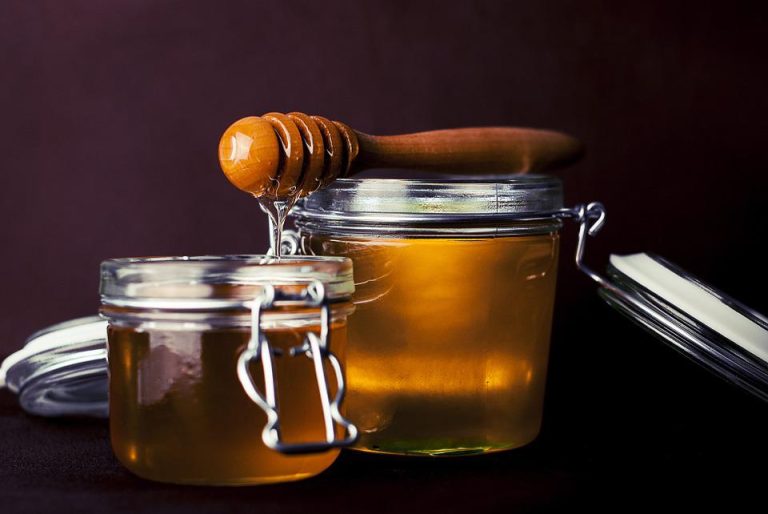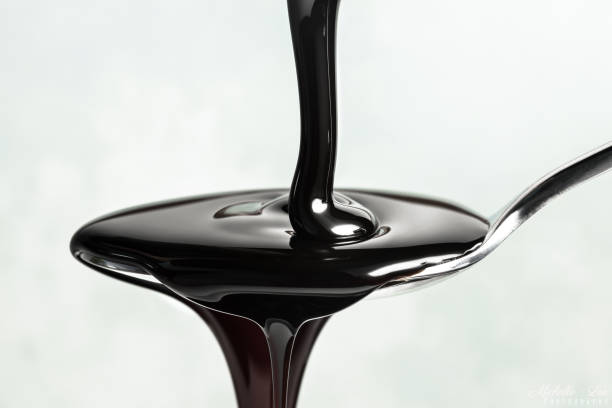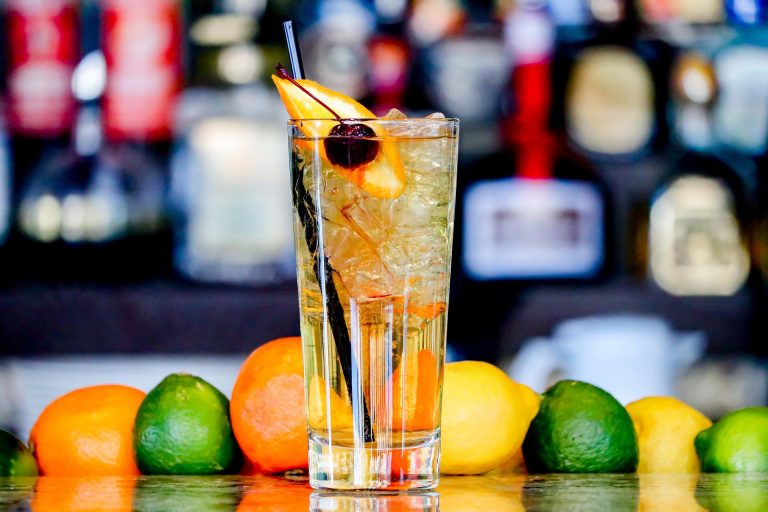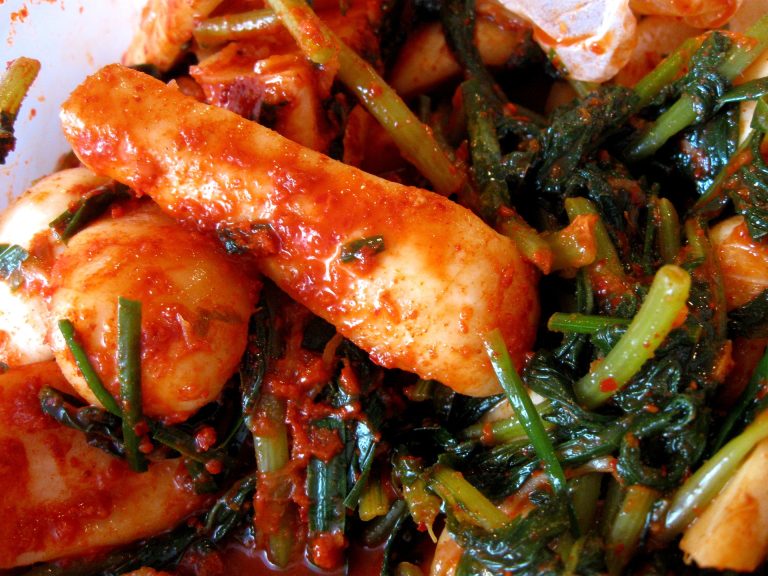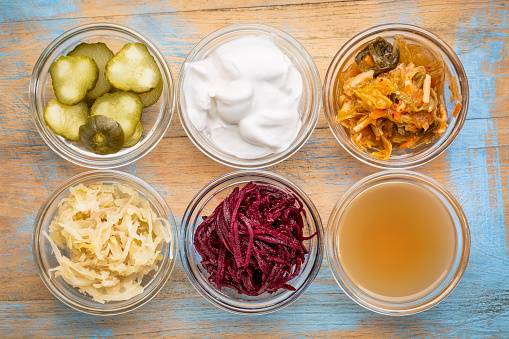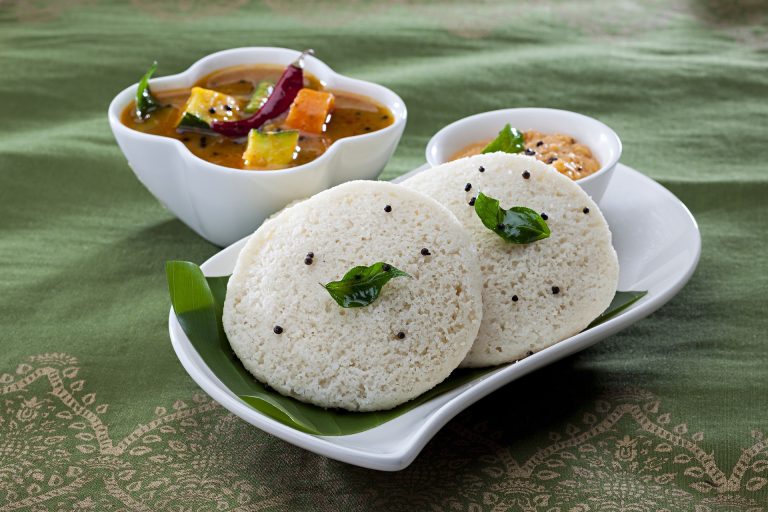Fermenting Crock vs Mason Jar: Which One Is Better?
If you have been reading recent material about food that is fermentable, you will most likely have come across the idea of a crock.
The grand debate was about mason jars. This has been going on for quite some time.
It is related to whether or not mason jars are a better option than crocks when it comes to making ferment, and whether or not they are a better option than the other way around.
On one side of the argument is whether or not mason jars are safe, while on the other side is whether or not it is suitable.
According to other food experts, mason jars are a more convenient and cost-effective option for people who ferment foods.
I am not able to answer every debating point regarding crock vs. fermenting.
I will try to provide as many answers as possible during the conversation.
Fermentation typically occurs in containers ranging from ceramic crocks to glass jars.
Ceramic and glass are good options because they are food-safe. Plastic is not a safe option because it may leach into the product.
It is hoped that you will be better informed and able to make your own decision.
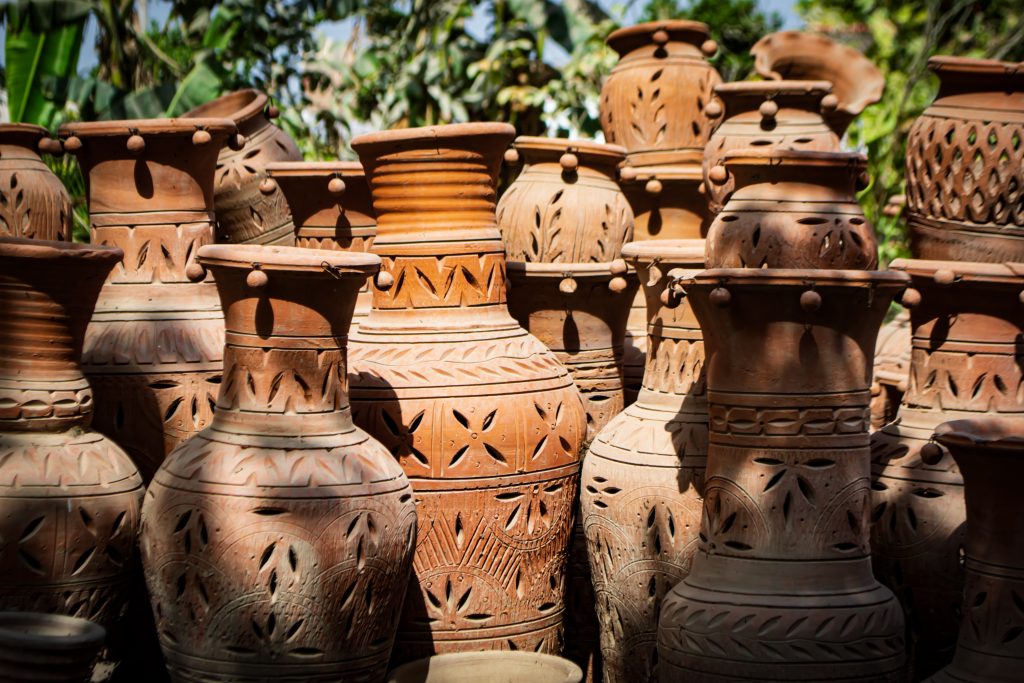
Table of Contents
What Is a Fermentation Crock?
The earliest evidence relating to the making of beer and wine can be dated back thousands of years.
The earliest examples of fermentation crocks might be depicted in the drawings from Ancient Egypt, which show wine being made.
They would have used containers that were made from clay or other ceramics.
The principles of how and why we use the crocks will not differ much from those ancient times, even though the crocks we use today might be made somewhat differently and on a grander scale in terms of numbers.
A fermentation crock is a large ceramic or stoneware jar that is used to ferment food.
Most of the time, these foods will be vegetables, fruits, grains, or legumes, although meat and fish can also be fermented in certain parts of the world.
The round or oval shape of the crocks makes them heavier than other types of containers used for the fermentation of foods.
The amount of ferment that they can make in one sitting is greater because they are larger. The open and water-sealed varieties of the fermentation crock are available.
A cloth is placed over the top of the crock after the food is packed inside, which is covered with a ceramic plate.
With a water-sealed fermentation crock, two semi-circular weights are placed on top of the food, and then a gutter around the top is filled with water before the lid seals everything.
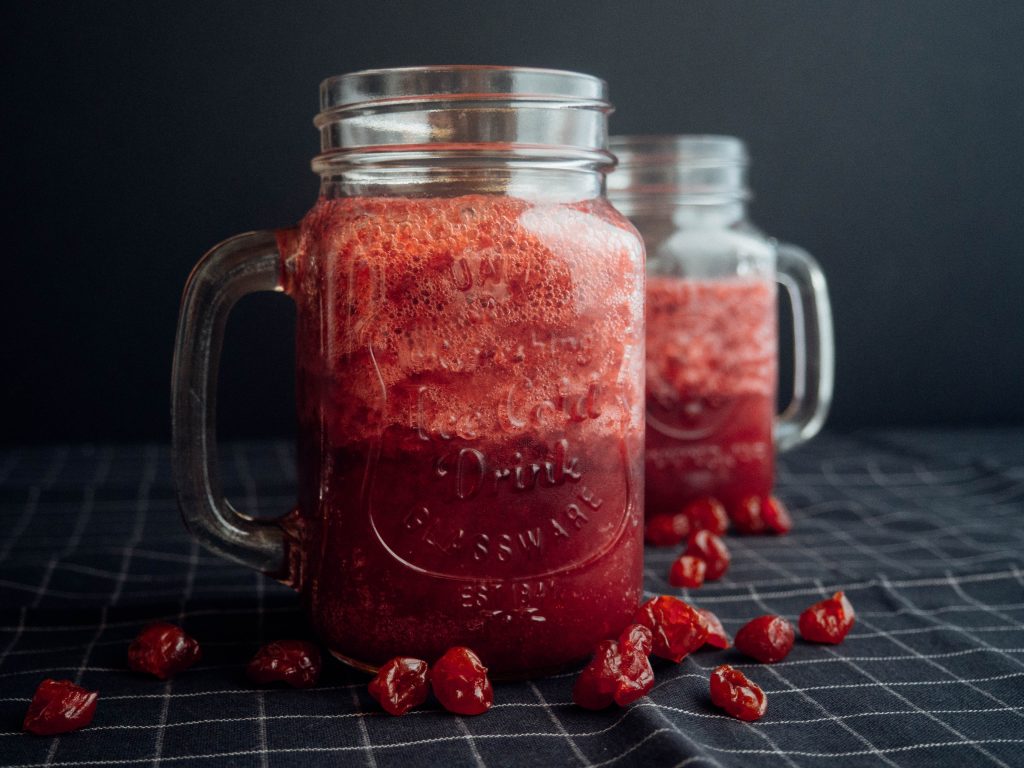
Can You Use Mason Jars for Fermentation?
You can use mason jars for fermenting, but it is a question of whether or not you should use them for it.
The debate about mason jars is not about their ability but their suitability.
I should take that further because there are people who think that mason jars are unsafe and unsuitable.
They pointed out that because mason jars don’t seal to the same extent as other containers, the fermentation process might be compromised, and harmful mold can grow in them.
However, experts in food technology and fermentation will tell you that any risks highlighted are insignificant and that mason jars are a perfectly safe way to ferment food.
Not only are they safe, but mason jars can be used as an inexpensive and convenient way to ferment.
Some people might be more inclined to ferment their food in mason jars if they have been put off by the higher costs of some fermentable containers.
The jars can be used to store the food in the refrigerator after it has been fermented. Making mason jars even more cost-effective is the fact that they are easy to clean and reuse.
Fermentation Crocks vs. Mason Jars
Water Sealed Fermentation Crocks
Pros
- Very easy to use
- Completely closes the inside.
- There isn’t much chance of surface yeasts or mold forming.
- A more constant temperature can be achieved by thicker walls.
- No smell can escape
- The process of stable fermentation makes it more beneficial to the organisms.
Cons
- Water must be monitored and topped up.
- It’s hard to pack down the food when there is a narrow opening.
- The container’s price tag is higher than other containers.
Open Fermentation Crocks
Pros
- The cost is less than water-sealed fermentation crocks.
- Easy to clean
- Bigger vegetables can fit.
Cons
- Some additional weights and lids need to be bought.
- Cloth cover can cause drips to fall onto the floor.
Mason Jars
Pros
- Low-cost option
- Available from multiple outlets
- Very easy to clean
- Can be stored easily
- Able to be used multiple times
- Suitable for storing foods
- Can be upgraded with fermentation lids
Cons
- Limits on size mean capacity are lower.
- Not an airtight seal
- Venting must be done during the process.
Conclusion
I hope this explanation and comparisons have given you a better idea of the arguments behind the crocks.
You are closer to making your decision regarding which is best for you.
With the knowledge that you are likely to have to pay more, your choice could be the more traditional option of a fermentation crock, which offers a greater capacity, and greater levels of airtight seals but with the knowledge that you are likely to have to pay more.
You will have to decide whether you want an open crock or a water-sealed crock as they have different benefits.
You can use mason jars, which are a very convenient and low-cost alternative. You can use the additional benefit to store the foods you’re fermenting.
It is important to know that mason jars have less capacity and don’t provide the same environment as crock can.

Foodie and a passionate cook, I am here to share all of what I know about cooking, kitchen, and food prepping.
Follow me for delicious and healthy recipes.

